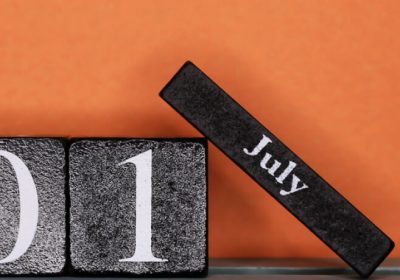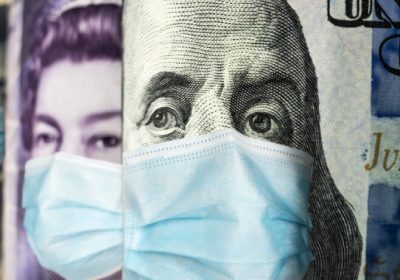
- Author: Tom Smith
- Posted: September 28, 2020
Economic Policy Takes Centre Stage
By Stephen Koukoulas
As the economy gradually recovers from the COVID-19 recession, attention is swinging to economic policy and what the government will do to trigger a meaningful lift in growth and employment in 2021 and beyond.
Treasurer Josh Frydenberg will hand down the Federal budget on 6 October and it is likely to see a bring forward of already legislated income tax cuts, a further effort to ramp up infrastructure spending and changes to encourage a much needed lift in private sector business investment.
There will also be the tricky balancing act of withdrawing some of the extreme policy stimulus, most evident in the form of JobKeeper and JobSeeker payments as the economy and society slowly open up as we learn to live with COVID-19.
In an important change of tack from the government, Mr Frydenberg has already signalled that the budget will remain in large deficit and a positive impetus to growth until the unemployment rate falls back to 6 per cent. With most forecasters expecting unemployment to remain above that 6 per cent rate until 2024, no material tightening of fiscal policy is likely before then.
The government has also announced a relaxation of what was strict lending criteria for borrowers in an effect to support credit growth for households and businesses. This is designed to allow for a resurgence in credit growth which will be an important issue if the economy is to stage a strong recovery.
In what is a generally unexpected development, the RBA has signalled it may consider further monetary policy easing. This is likely to include cutting the cash rate from 0.25 per cent to 0.1 per cent, and possibly ramp up its bond buying. It is not clear whether it will choose to go down this path, but if the economy fails to show concrete signs of a pick-up, it may have no choice but to go with further easing. Either way, it is likely that interest rates will remain very low for several years.
The hard data remains problematic
For every favourable and encouraging data print in the last month, there has been a result that undermines that optimism.
While there is likely to be something of a statistical lift in GDP in the September and December quarters, no forecaster is expecting this pick up to cover the 7.2 per cent fall in GDP in the first half of 2020. Indeed, the current consensus is that the end 2019 level of real GDP will not be recaptured until late 2021 and even when that occurs, the unemployment rate will be between 1.5 and 2.5 percentage points higher that the pre-COVID-19.
After several months of robust growth, retail spending dropped slumped 4.2 per cent in August in part due to the lock down in Victoria even through there were sharp falls in other states and territories. The monthly numbers are extremely volatile, but it appears the weak labour market, including weak wages growth, are dampening activity.
New housing construction remain weak as demand for dwellings is undermined by the slide in immigration inflows. Dwelling starts are on track to drop by 50 per cent by early 2021.
Interestingly, house prices have been remarkably resilient so far in the recession. According to Corelogic, house prices are actually edging higher in Brisbane, Perth, Adelaide, Canberra and Darwin, are broadly flat in Hobart, are a little weaker in Sydney but down quite sharply in Melbourne. Low interest rates and the mortgage holidays offered by most banks are supporting activity.
Exports have been solid, aided by the strength in China and strong iron ore prices. The export sector is likely to contribute to growth over the remainder of 2020. Business confidence and consumer sentiment remains fickle, but both remain well below the levels that would be consistent with a strong economy.
The fragile labour market
Employment rose strongly in August and the unemployment rate dropped back to 6.8 per cent as businesses outside Victoria continued to reopen. There remains considerable doubt about the robustness of the data, not least because of the impacts of measuring employment because of the structure of the JobKeeper payment. The government estimates the ‘true’ unemployment rate to be over 9 per cent. Employment is still around 500,000 below the pre-COVID-19 level.
According to job vacancies, there are tentative signs of a gradual improvement in labour market conditions. The number of job vacancies outside Victoria is running just 19 per cent below the level of a year ago, which is an improvement on the 50 per cent decline witnessed earlier in the crisis. In Victoria, vacancies are 51 per cent below the level of a year earlier although this is likely to improve as the restrictions are eased in the weeks and months ahead.
Talk of economic recovery is gaining favour. The debate now is what form that recovery will take. It is likely to be patchy and moderate. Either way, government stimulus is likely to be needed for an extended period.








